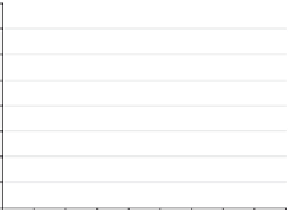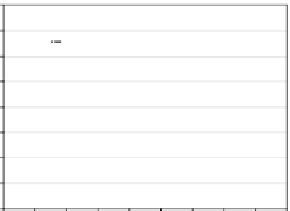Environmental Engineering Reference
In-Depth Information
Table 1
Trafic, leet and fuel consumption by transport mode and fuel type, Spain 2004
[7, 10, 11]
Interurban
traffic (10
6
veh-km)
Mean
consumption
(l/100 km)
Transport
mode
Total fleet
(vehicles)
Consumption
Urban (10
6
L)
Interurban
Total
Gasoline engine
Motorcycles
1,229
1,612,482
80
43
122
6
Vans
6,979
737,024
942
235
1,177
13
Cars
67,327
12,035,098
6,323
1,783
8,106
9
All
75,535
14,384,604
7,344
2,071
9,415
10
Diesel engine
Trucks
30,482
2,419,908
9,054
578
9,632
30
Buses
1,424
56,957
400
55
455
28
Vans
14,831
1,592,039
1,763
588
2,351
12
Cars
119,532
7,506,821
8,501
4,367
12,868
7
All
166,269
11,575,725
19,719
5,562
25,281
12
SPAIN
EU-15
220
220
Green house gases
Passengers-km
Tones-km
Green house gases
Passengers-km
Tones-km
200
200
180
180
160
160
140
140
120
120
100
100
80
80
60
60
1988 1990 1992 1994 1996 1998 2000 2002 2004 2006
1988 1990 1992 1994 1996 1998 2000 2002 2004 2006
Fig. 1
GHG and transport activity trends in Spain and EU-15, 1990-2004
Therefore, a decided action to supply alternatives to motorized mobility is
needed, especially regarding private car use, to reach destinations and goods that
guarantee the well-being of the society. Change will not only take place improving
and extending the supply and what is needed is a change of mentality in transport
modal choice. In this way, travel responsibility is transferred to persons, companies
and stakeholders in charge of territorial planning and urban development.
Inefficient Modal Share and Energy Intensity
Former trends are due to an increase of transport activity, important modal imbal-
ance and energy inefficiency: rail transport, in an increasing demand scenario, not
only does not grow in absolute terms, but also continues losing market share, both
passengers and freight, and has lower values than the European average.



































































































































